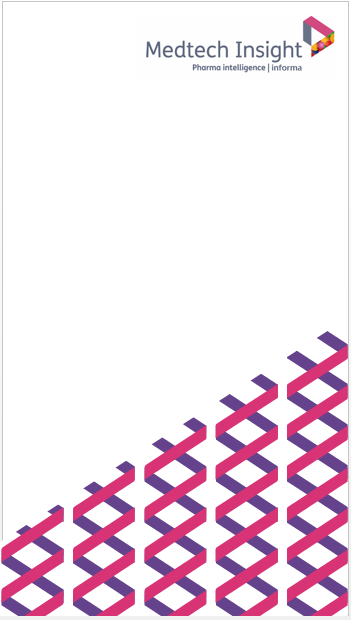Report Detail

Purchase Price: $4,750.00
Japanese Markets for Wound Management Products
Japan is experiencing many changes that are projected to greatly influence the country’s healthcare market during the forecast period covered by this report. One of these factors is the aging of the island nation’s population, a trend that will likely increase the demand for healthcare and fuel growth in the market. Another factor, which will probably constrain the increasing demand for medical care, and move the market in the opposite direction, is the unsure economic situation in Japan. In addition, the Japanese government is trying to control the escalating cost of healthcare by moving patient care from institutions to the patients’ own homes.
In 1998, total expenditures for health and medical care in Japan were 28.9 trillion yen approximately $289 billion. Changing demographics, escalating healthcare costs, and the increasing use of home care are affecting the markets for wound-management products throughout the world. In Japan, approximately 40% of the cost of healthcare is spent on the segment of the population older than 70 years of age. By the year 2010, it is estimated that individuals over the age of 75 will number 13 million, or 46% of the elderly Japanese population. As the population ages, an increasing demand for healthcare is expected, which will considerably increase the cost for health and medical care. To avoid these rising health and medical costs, investments are being made in alternatives to hospital care, e.g., expanded home care and care in alternate settings.
Kaigo-hoken, a new insurance system in Japan was implemented in April 2000. The main objective of this system is to encourage the use of home healthcare for the elderly, instead of expensive hospital stays. With this system, patients should be able to live in their own homes and have as much independence as possible, without placing the burden of care on the family.
Growth in the home healthcare services and equipment market over the forecast period covered by this report is expected to be significant. In the year 2000, this figure was estimated to be 10 trillion yen ($90 billion U.S. dollars).
Many of the wound-management methods used in Japan today are not suitable or effective in home-care settings. In this setting, there will probably be a need for dressings that demonstrate excellent wound-healing results, reduce the number of dressing changes, and make dressing changes easier. Future growth in the Japanese wound-management products market is expected to increase due to the continuing demand for effective and economic methods for treating wounds. Due to Japan’s aging population, it is likely that the number ofwounds (e.g., pressure ulcers) will increase in the forecast period covered by this report.
In addition, there will probably be an increasing demand for products that will prevent the occurrence of pressure ulcers. With the advent of kaigo-hoken, there will also likely be an increasing demand for preventative products, such as mattresses and overlays.
Japanese physicians are the main decision makers in the choice of wound-management products; if these products are marketed correctly, these physicians can help fuel the growth of wound-management products in Japan.
The following sections discuss the Japanese wound-management products market, including cleansing agents, debridement and granulation agents, traditional and nonocclusive dressings, advanced and semiocclusive dressings, skin replacements, synthetic and biosynthetic dressings, growth factors, physical modalities, and pressure reduction and relief products.

